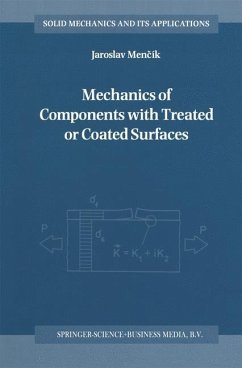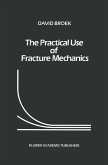Surface treatment is an efficient means for protection of various products against corrosion and also for increasing strength or resistance to wear or fatigue. Also certain electrical, chemical or optical properties may be achieved only by creating special surface layers. Many examples can be given: leaf springs with shot-peened surfaces; carburised and hardened tooth gears; coated cutting tips for machining; chemical appliances made of glass strengthened by ion exchange; enamelled vessels and containers; components for engines or turbines with heat insulating ceramic surface layers; chemical equipment made from low-carbon steel clad with a layer of stainless steel or other more expensive material; endoprostheses of hip joints with ceramic coatings; multilayered integrated circuits and other components for electronics and electrotechnology. In many of these components, high stresses often act; from mechanical loading as well as thermal and residual ones, caused by the surface treatment itself. These stresses can sometimes lead to a failure of parts bearing small or even no load. Thus, for an efficient utilisation of all the advantages surface treatment offers, and for assuring that the designed component will work reliably for a certain period, often under very severe conditions, it is necessary to know how components with coated or otherwise treated surfaces behave under mechanical loading, and what the reasons may be for their preliminary fracture or rejection from service. It is also important to know the general principles of design of surface treated components.
Hinweis: Dieser Artikel kann nur an eine deutsche Lieferadresse ausgeliefert werden.
Hinweis: Dieser Artikel kann nur an eine deutsche Lieferadresse ausgeliefert werden.








